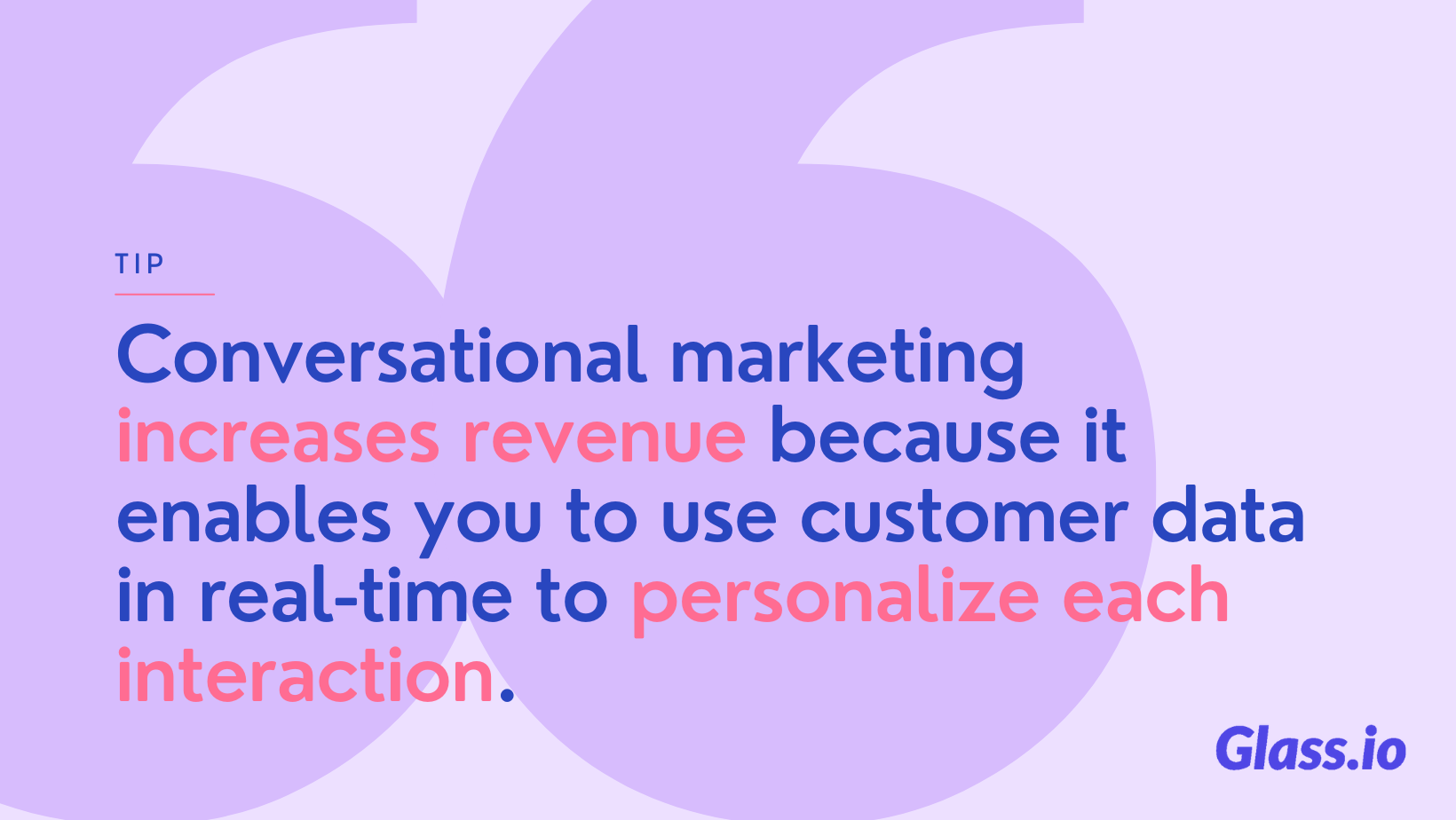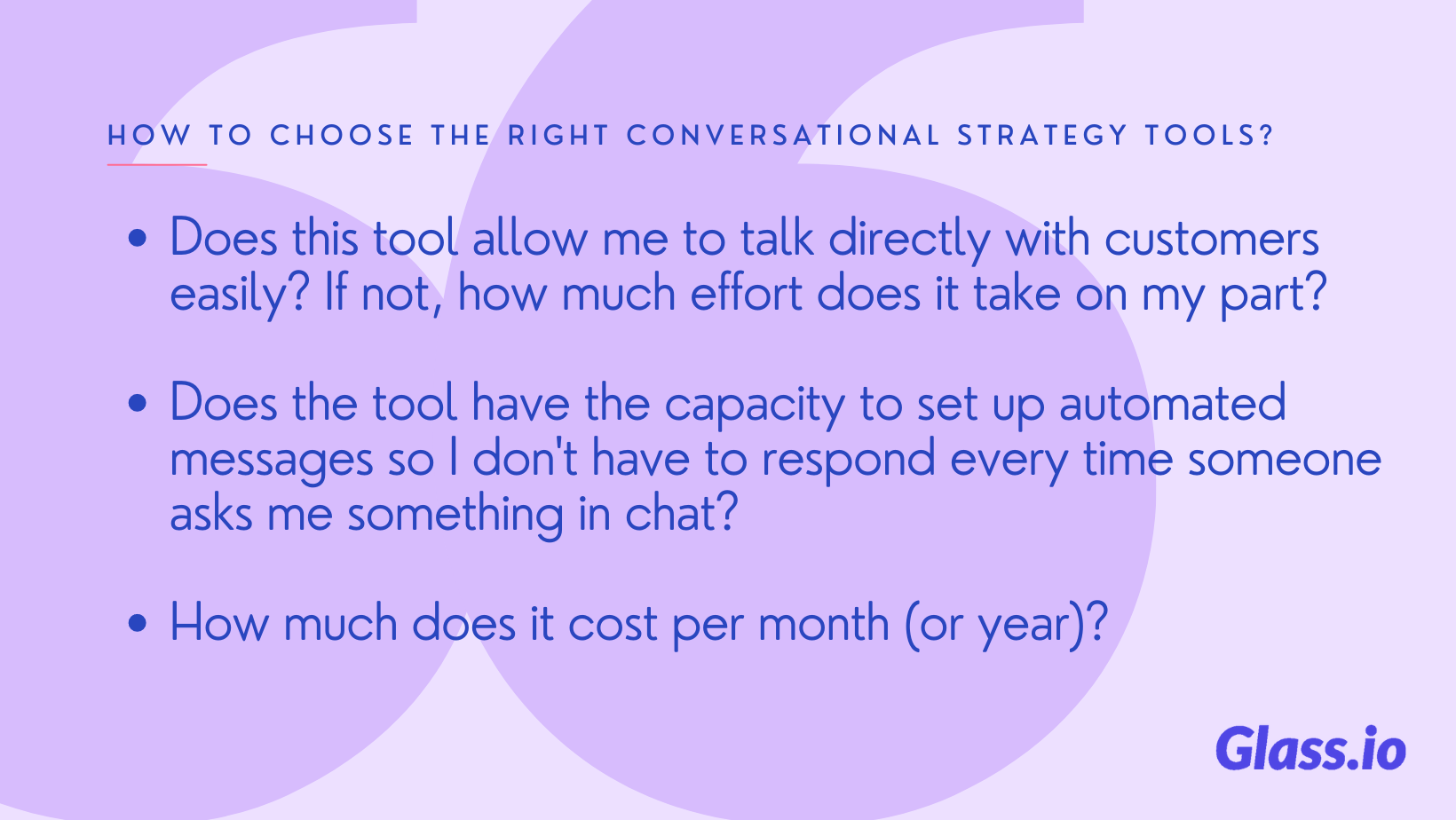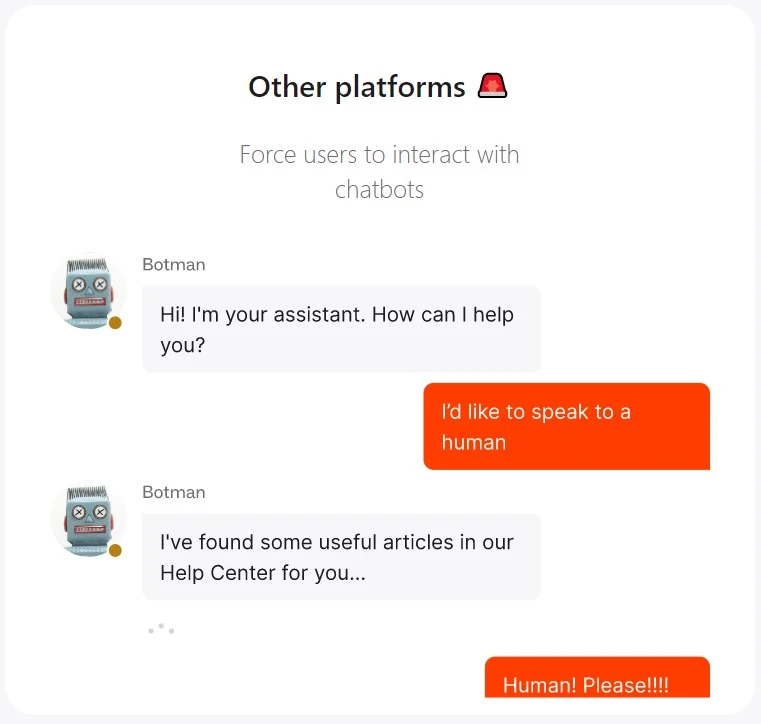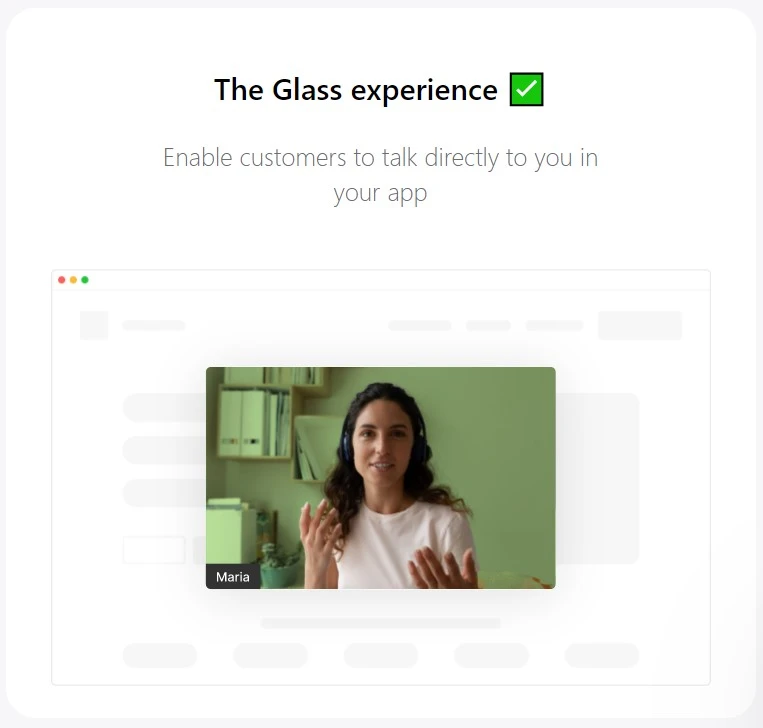
Conversational Growth Strategy: Quick FAQ Guide Katherine Manning February 06, 2023
Customer experience is one of the top four qualities shoppers describe in determining their loyalty to a brand.
In today's digital world, marketing is no longer just about sending word about your business through traditional channels like print ads or television commercials. Today, organizations must be active on social media platforms and other online channels. But what if there was another way to promote your company?
What if you could interact with prospective customers from their homes or offices in real-time? That's precisely what conversational growth strategies do—they help attract new customers by creating dynamic conversations between brands and their target audience over live video chat applications.
What is a conversational growth strategy?
Conversational growth is a strategy to increase your customer base and promote your business through face-to-face interactions with customers from the comfort of their homes.
It goes beyond an inbound marketing strategy with marketing chatbots or inbound marketing techniques. It's a method to engage customers and today's buyers and improve the long-term relationship with each.

Conversational growth can be used by small businesses, large corporations, and even government agencies. It allows you to connect with people who might have yet to be able to reach out or find you on social media or online search engines.
The focus is on building relationships rather than just selling products or services, which is especially important today as trust in institutions continues to decline.
It's also about sending the right person the right message.
A conversational growth strategy can help you develop a practical approach to landing new customers, building rapport, and getting referrals.
It uses two essential ingredients for success:
a strong understanding of what your customers want and
a product that can offer them a solution at the right time.
And then utilizing long-term planning to ensure you can answer customer questions with relevant content.
One of the mainstays of a conversational growth strategy is a proactive approach to using social media to grow your business. It involves setting goals, building relationships with customers and prospects, identifying their needs and wants, sharing helpful content that solves problems, engaging in conversations with them when they have questions or concerns—and doing all this in real-time.
Learn more: 5 Steps to Implementing a Conversational Growth Strategy
What are the benefits of a conversational strategy?
Conversational marketing is a great way to build trust with your customers. A personalized experience will help you create a more authentic relationship, which can lead to increased sales and repeat business. In addition, it's important to remember that customers are often willing to spend more money with companies they know and trust.

Conversational marketing also allows you to increase revenue because it will enable you to use customer data in real-time to personalize each interaction based on what someone has previously done or said (e.g., purchased).
Hence, when someone comes back into contact with the brand again (either online or offline), they'll receive content tailored specifically for them based on their past interactions with the company—and this makes them feel valued as customers.
See also: Concierge Onboarding for SaaS: A Step-by-Step Guide
Do you need a conversational growth strategy?
As the digital world expands, buyers are getting more sophisticated and are expecting a consistently positive experience during their research and purchase process. One of the best ways to deliver an amazing experience is through meaningful interactions.
A conversational growth strategy is a process that allows you to identify, prioritize, and pursue the right opportunities to engage with your audience on a regular basis. It's not a sales process, what to say on a sales call, or even a marketing plan. It's where you build authentic relationships with buyers.
How does one select the right tools for a conversational growth strategy?
The conversational growth software you choose should be easy to use, flexible enough to work with your brand, cost-effective, and scalable enough so that it can grow along with your business.
Here are some questions you should ask yourself when choosing a conversational growth software or tool:
Does this tool allow me to talk directly with customers easily? If not, how much effort does it take on my part?
Does the tool have the capacity to set up automated messages so I don't have to respond every time someone asks me something in chat?
How much does it cost per month (or year)? Is there any payment plan available if needed—and does it include additional fees like setup fees or transaction charges?

An example of an easy-to-use conversational growth tool is Glass.io, which offers in-app video chat technology installable as a javascript plugin to help you reach website visitors at key moments in their purchasing journey.
What are some examples of conversational growth tools?
Live chat: A live chat application, such as Intercom and others like it, allows your customers to interact with you in real-time without waiting on hold or going through an automated system. You can ask them questions about their needs, offer help and advice, provide product information, and more—all while they're still on your site.
Video chat: If you have the resources available to use video chat technology like Skype or Glass.io, this option gives customers another way of getting in touch with someone at your company—in real time. They'll be able to see who they're talking with and vice versa, so there's less chance of miscommunication than email, or phone calls alone would provide.


Image. Glass.io replaces boring chatbots with your sales team
Voice chat: This one might seem obvious, but it bears mentioning: Voice conversations are great if they make sense for your business model. For instance, if something technical is going wrong with someone's computer, having them talk directly through their microphone rather than typing out all their questions would be better suited for solving whatever problem was at hand.
What are the key components of a conversational growth strategy?
For many companies, the challenge is increasing traffic on their site and engaging visitors after they've registered.
In other words, they must find ways to convert leads into sales.
Conversational marketing and a conversational growth strategy combine to help companies convert leads into sales by providing an opportunity for potential customers to:
Connect with sales and customer support teams in real-time.
Engage in conversations related directly or indirectly related topics such as brands/products/services or even just general topics such as sports or politics.
Build relationships between customers through sharing information about their lives.
Create communities based on mutual interests like travel or foodie culture.
A conversational growth strategy includes creating conversations with clients online, which helps them remember your product or service better. This means they'll think of you when they're ready to purchase.
Creating conversations with clients online helps build relationships and enables companies' products or services to be remembered better by potential customers.

A conversational growth strategy has also been shown to help brands' reputations by providing valuable content that keeps people engaged in the brand's story.
Finally, it enables companies' products or services to be remembered better by potential customers so that when these individuals are ready for purchase (or referral), they will think back on their initial interactions with the company and choose again based on those positive memories.
In closing
A conversational growth strategy for businesses focuses on building solid customer relationships. It's not just about selling products or services; it's also about helping customers solve their problems and offering support when needed.
The goal is to create an experience where people feel like they are talking to a friend rather than another company trying to make a sale.
Katherine Manning is an accomplished sales professional and B2B/IT focused writer. She worked at Microsoft and IBM, where she managed all stages of the Solution Sales process including building and developing relationships, identifying opportunities, engaging partners and moving business from opportunities to closings. Her articles have appeared on Yahoo! Small Business Advisor's page, Sweet Lemon Magazine, The Iowa City Owl, Seven12 Magazine, Newsiosity, The Purple Cow Agency blog, Personal Finance Hub and Business 2 Community.
About Glass.io
With Glass.io, you can reach across the screen and help visitors make a buy decision. See exactly how visitors use your website in realtime, trigger a notification to the right sales rep when they show buying intent, and start a personalized conversation (chat or video) at the perfect moment.
Plug your leaky sales pipeline by engaging with your website visitors while you have their attention. Sign up for an account here.